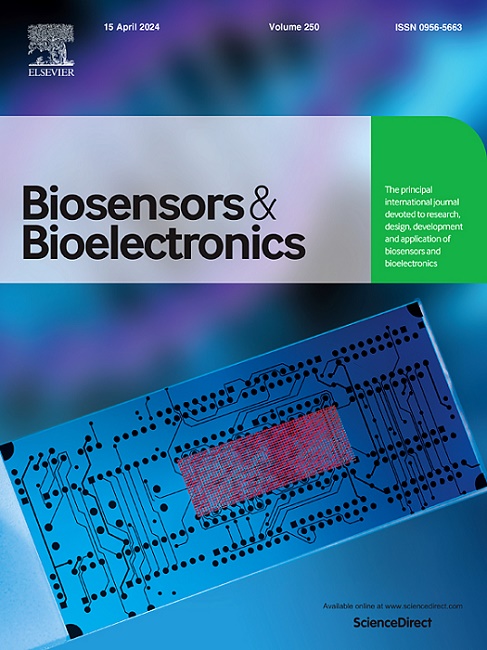Recent advance for enantiorecognition of chiral drugs sensing: Electrochemical, electrochemiluminescent and photoelectrochemical application
IF 10.7
1区 生物学
Q1 BIOPHYSICS
引用次数: 0
Abstract
Chiral isomers show different behaviours and properties in physiological activities. It is of great significance to find productive approach to realize the recognition of enantiomers, which is a key issue in biochemical and pharmaceutical fields. Nowadays, chiral identification can be successfully achieved according to the discrepancies of special signals correlated with different enantiomers of multiple electrode structures. Electrochemical technologies have attracted wide interest in enantioselective analysis because of its unique merits, such as the economic and miniaturized instruments, simplified and environmental-friendly sample preparations. This review summarizes the development trends of electrochemical sensing in the enantiospecific analysis of chiral drugs, expounds the enantiospecific recognition mechanism between chiral selector and target enantiomers based on general electrochemical, electrochemiluminescent and photoelectrochemical sensors, respectively. In addition, this review attempts to predict the future application of electrochemical, electrochemiluminescent and photoelectrochemical-based technologies in the enantioselective recognition and detection.
求助全文
约1分钟内获得全文
求助全文
来源期刊

Biosensors and Bioelectronics
工程技术-电化学
CiteScore
20.80
自引率
7.10%
发文量
1006
审稿时长
29 days
期刊介绍:
Biosensors & Bioelectronics, along with its open access companion journal Biosensors & Bioelectronics: X, is the leading international publication in the field of biosensors and bioelectronics. It covers research, design, development, and application of biosensors, which are analytical devices incorporating biological materials with physicochemical transducers. These devices, including sensors, DNA chips, electronic noses, and lab-on-a-chip, produce digital signals proportional to specific analytes. Examples include immunosensors and enzyme-based biosensors, applied in various fields such as medicine, environmental monitoring, and food industry. The journal also focuses on molecular and supramolecular structures for enhancing device performance.
 求助内容:
求助内容: 应助结果提醒方式:
应助结果提醒方式:


